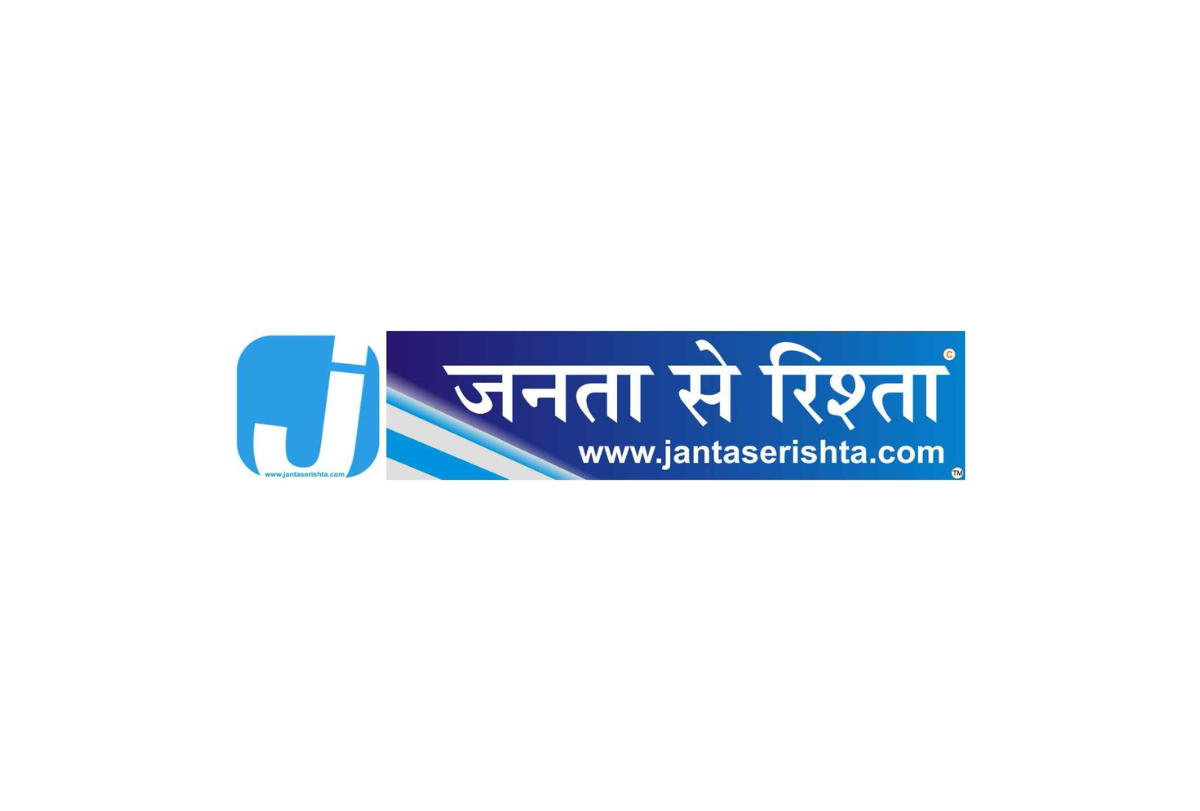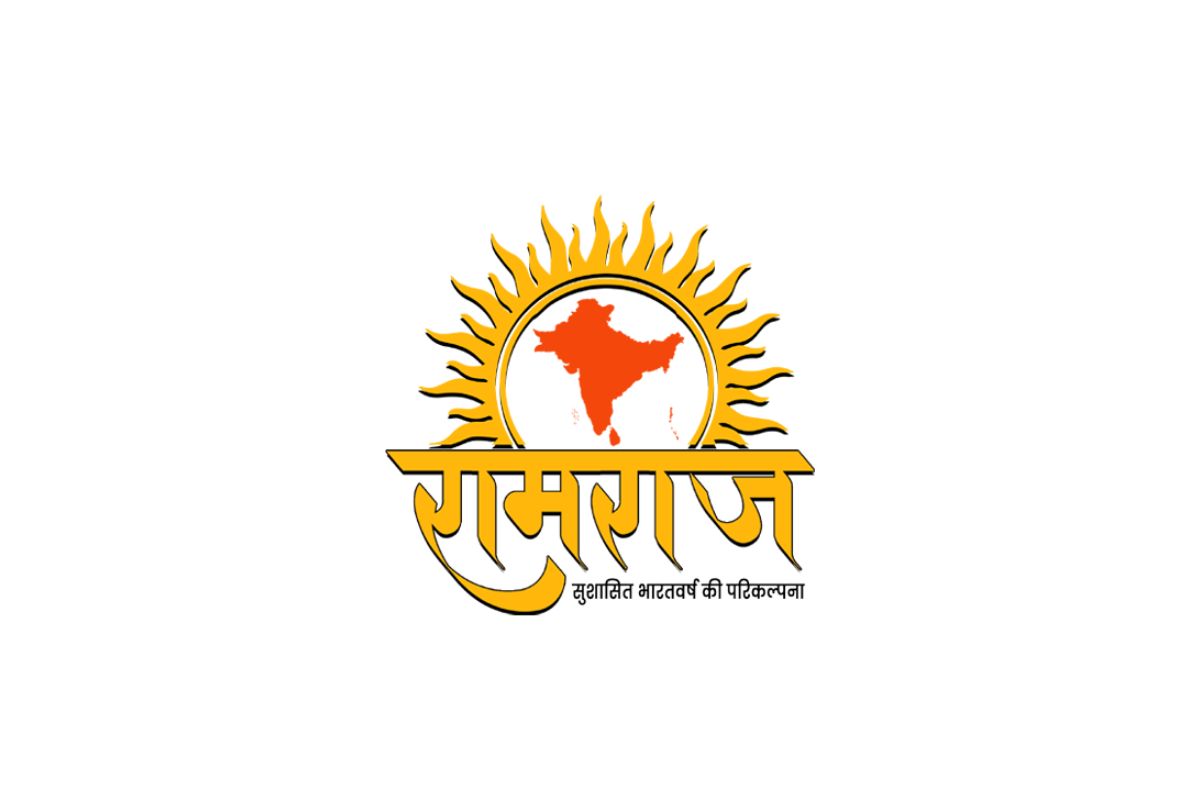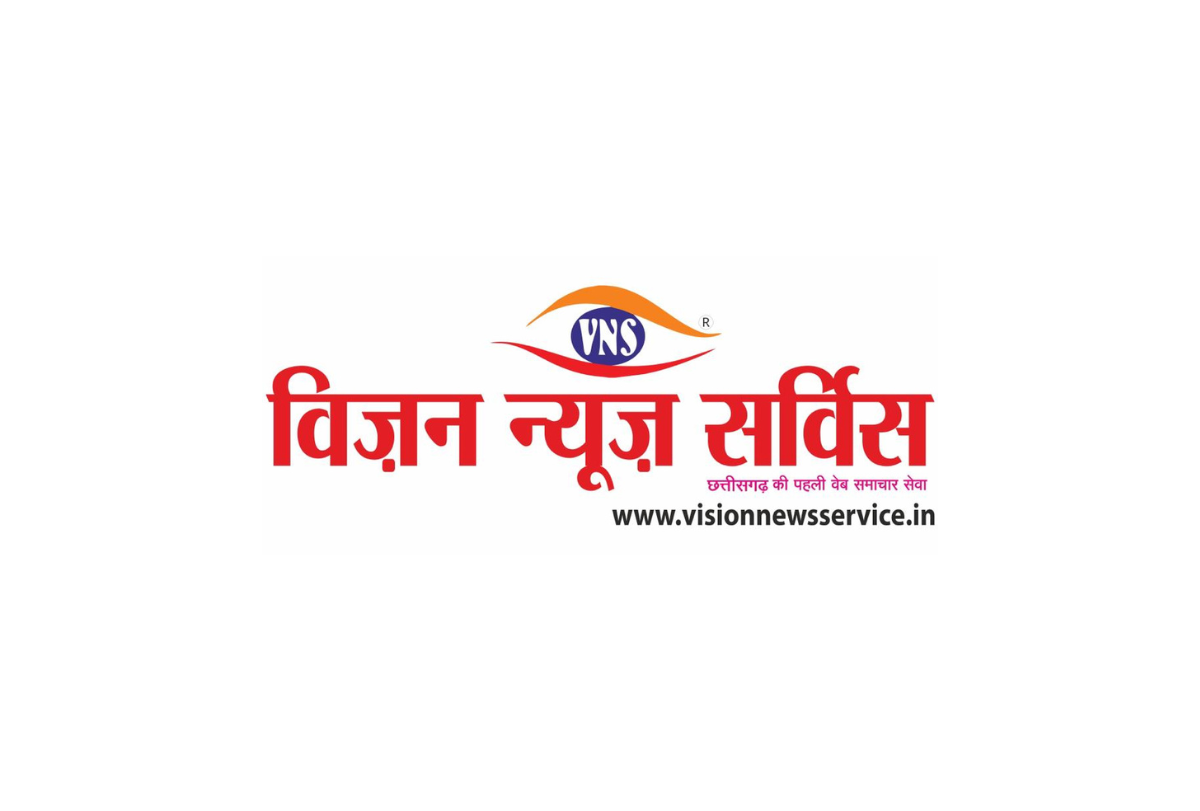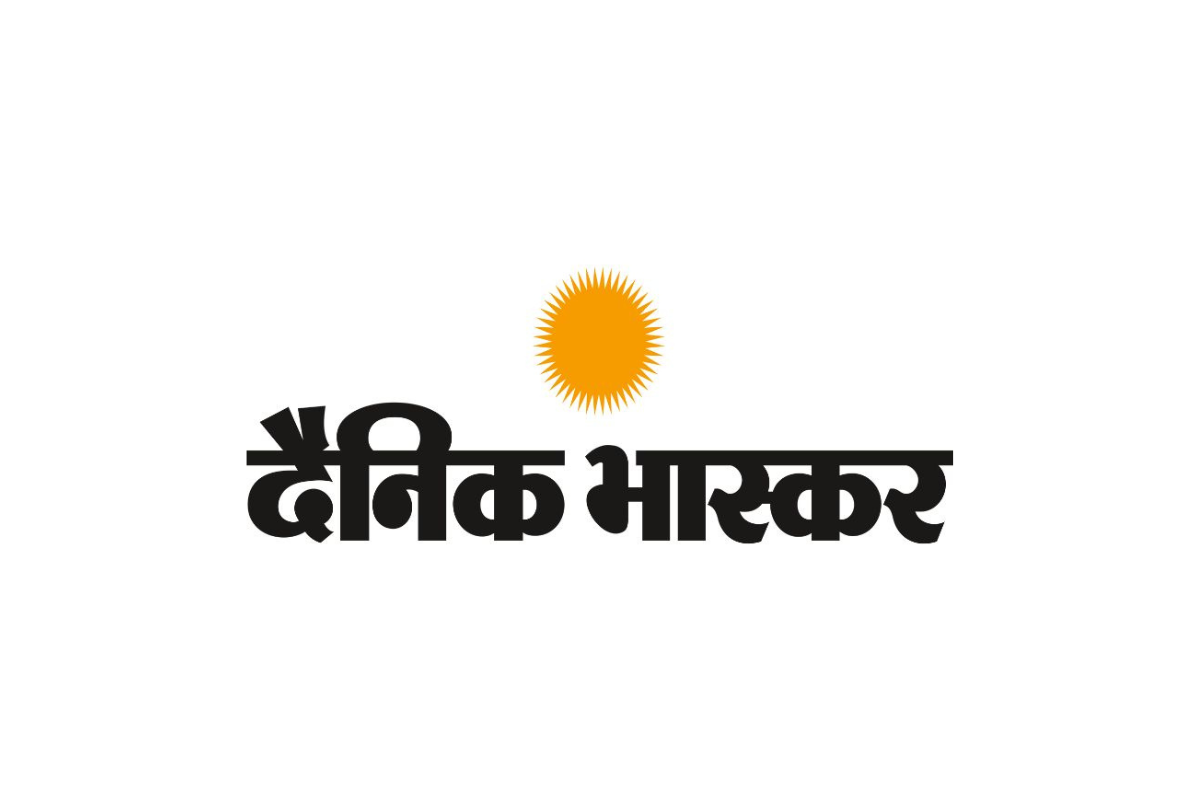New Delhi, Apr 20 (PTI) Around 70 percent of over 6,000 marginal farmers engage in non-farm activities for income support, but 84 percent of them do not want to sell off their land to pursue other economic activities, a new study has found.
According to the study conducted by the Development Intelligence Unit (DIU), a collaborative venture between Transforming Rural India Foundation and Sambodhi, marginal farmers are largely engaged in non-agricultural activities like wage labour and livestock management to supplement their income.
Small and marginal farmers with less than two hectares of land holding account for a little over 86 percent of all farmers in India, but own just about 47 percent of the crop area, according to the 10th agriculture census 2015-16.
The study, titled ‘Annual Survey Of State Of Marginal Farmers In India’, highlights that 84 percent of the marginal farmers in spite of low profits and natural calamities are not willing to quit farming, and are not interested in selling off their land to pursue other economic activities.
Classifying it by landholding size, the tendency to reduce farming increases with
higher land holding while those with the lowest landholding wish to continue with farming. According to the survey, 93.9 percent of the farmers with 0 to 0.5 acres of land and 81.39 percent with 2 to 2.5 acres prefer to continue farming.
In contrast, only 5.32 percent of the smallest landholding farmers and 14.76 percent of the largest landholding farmers want to reduce this activity. Around 10.99 percent chose to reduce it in due course, while only 2.77 percent wanted to leave farming altogether.
“The responses are both contrarian, and absence of pathway shows the vulnerability of the marginal farmer livelihood portfolio, particularly when hit
by pandemic-like shocks,” the survey said.
According to the data, Indian farms became more fragmented between 2010-11 and 2015-16, holdings continued to be inequitably distributed. During this period the proportion of small and marginal farmers grew from 84.9 percent to 86.2 percent, a growth of about 9 million, while the total number of operational holdings grew from 138 million to 146 million.
Further, these 126 million farmers owned 0.6 hectares holding each on average, which is not enough to produce surpluses which can financially sustain their families.
To supplement the meagre income from cultivation, 68.3 percent of the marginal farmers are engaged in other income generating activities such as daily wage labour (78 percent), vocational business (60 percent) non-agricultural business (18 percent) and animal husbandry (12 percent) and salaried employment (12 percent).
According to the study, average landholding size is around 1.22 acres among marginal farmers. Only 56 percent of marginal farmers have access to irrigation and practice only rainfed agriculture.
Around 69 percent farmers sold crops or byproducts with an average annual sale at Rs 60,510, and the median annual sales from farming is estimated at Rs. 40,000.
The average revenue of marginal farmers who also engaged as daily wage labourers to supplement agricultural income in the last one year was Rs 1,00,275.
The survey also explored changes in the economic condition of marginal farmers over the past three years. Around 34.7 percent reported that their condition has improved in the past three years while 2.42 percent said there is a significant improvement. Around 11.09 percent farmers said they were worse and 1.93 percent said they were much worse than what it was three years ago.
The survey also found high awareness of different government schemes with 79.9 percent of farmers being aware of the Pradhan Mantri Kisan Sammaan Nidhi (PMKISAN) Scheme, 55 percent of Kisan Credit Card (KCC), and 48.9 percent being aware of Pradhan Mantri Fasal Bima Yojana (PMFBY).
The Utilisation of PMKISAN was also high at 64.8 percent while 25.4 percent aware of the KCC utilised it.
“Marginal farming households frequently are in debt due to limited income opportunities, and they may not be efficient in the use of inputs and hence require considerable hand-holding of the government. Despite these challenges, the 2.5 crore marginal farmers play a crucial role in the agricultural sector, contributing to food production and rural economies. It is important to increase awareness about the flagship programmes, and the government needs to issue a farmer card to women farmers and labourers to enable them to avail the benefits under various schemes,” said Sandeep Ghosh, Senior Fellow & Director at DIU.
According to the report, the survey was done through telephone, and covered a total of 6,115 respondents who were asked 43 questions on various socio-economic aspects relating to farming, income, and livelihood during February 2023 covering the Agriculture Year 2021-22.
The survey covers marginal farmers in 20 states including Andhra Pradesh, Assam, Bihar, Chhattisgarh, Gujarat, Haryana, Himachal Pradesh, Jharkhand, Karnataka, Madhya Pradesh, Maharashtra, Nagaland, Odisha, Punjab, Rajasthan, Tamil Nadu, Telangana, Tripura, Uttar Pradesh, and West Bengal.
(This story has not been edited by THE WEEK and is auto-generated from PTI)






